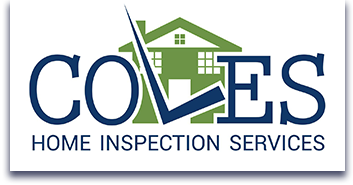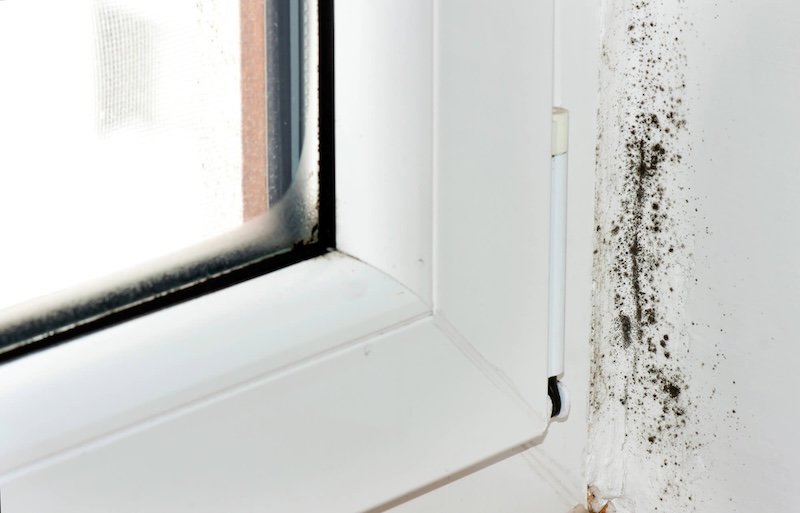Mold is a serious concern that could affect your home’s structure, indoor air quality, and your family’s health. Mold thrives in damp, poorly ventilated spaces and could grow behind walls, under flooring, and in attics, often going unnoticed until it causes significant damage. Prevent mold growth before it starts; it’s easier and more cost-effective than remediation, which could be expensive and disruptive. Homeowners will significantly reduce the chances of mold developing and spreading by creating a home environment that limits moisture and encourages airflow.
Prevent Mold Growth: Moisture Control Is the First Step
Moisture is the primary catalyst for mold growth. Leaks from roofs, windows, or plumbing and condensation on cold surfaces create ideal conditions for spores to flourish. Homeowners may take simple but effective steps to control moisture. Regularly inspecting plumbing fixtures, roofs, and basements for leaks catches minor problems early. Dehumidifiers in damp areas and guaranteeing proper drainage away from the home’s foundation keep indoor spaces dry. Consistently monitoring and managing humidity levels is one of the best ways to prevent mold growth in the long term.
Ventilation Plays a Key Role
Adequate ventilation helps keep surfaces dry and prevents stagnant air where mold spores could settle. Bathrooms, kitchens, laundry rooms, and attics are particularly vulnerable due to higher humidity levels. Installing exhaust fans, keeping vents clean, and opening windows when the weather permits are simple strategies to improve airflow. Even arranging furniture and storage to allow air to circulate behind large items will reduce hidden damp spots. Good ventilation paired with moisture control creates an environment far less hospitable to mold.
Routine Maintenance Protects Your Home
Routine home maintenance is essential for mold prevention. Cleaning gutters regularly prevents water from pooling near the foundation, and inspecting seals around windows and doors keeps unwanted moisture out. Repairing leaks and addressing water damage immediately prevents mold from gaining a foothold. Homeowners should pay attention to hidden areas, like crawl spaces and basements, as mold can grow behind walls or under flooring without being immediately visible. A proactive approach to maintenance prevents mold growth and extends the lifespan of your home’s structural elements.
Cleaning Practices That Discourage Mold
Mold spores are always present, but they need a food source and moisture to grow. Everyday household materials such as dust, dirt, and organic matter provide the perfect surface for spores to take hold if left unchecked. Regular cleaning helps break this cycle by removing what mold needs to thrive. Wiping down bathroom tiles, kitchen counters, and windowsills keeps surfaces looking fresh while eliminating moisture and buildup where mold likes to grow.
Washing shower curtains and bathroom rugs prevents hidden mold from spreading in damp areas. Vacuuming carpets and upholstery with a HEPA filter will capture microscopic spores before they circulate through the air. Even small, consistent habits, such as cleaning up spills right away, keeping laundry from sitting damp in the washer, and avoiding clutter that traps moisture and dust, add up over time. A clean home looks better and creates a less welcoming environment for mold growth.
Professional Help for Persistent or Hidden Mold
Sometimes mold growth goes beyond what routine maintenance and cleaning can handle. In such cases, professional mold inspections and remediation are crucial. Experts will identify hidden moisture, test air quality, and safely remove mold to prevent it from spreading further. Professional intervention addresses the immediate issue and helps homeowners identify underlying causes, guaranteeing long-term prevention and peace of mind.
Prevent Mold Growth: The Long Term Benefits
Taking proactive steps to prevent mold growth protects your home and the health of everyone living in it. By controlling moisture, improving ventilation, staying on top of maintenance, and incorporating regular cleaning habits, homeowners will create a safer, healthier environment that stands the test of time. Remember, prevention is always easier and more cost-effective than remediation. Investing a little time and attention today will save you from costly repairs, health concerns, and stress in the future, guaranteeing your home remains a place of comfort and well-being for years to come.
Prevent Mold Growth FAQs
How quickly can mold grow in the home?
Mold can begin developing within 24 to 48 hours after water exposure. Immediate action to dry damp areas is critical.
Which areas of the home are most at risk?
Bathrooms, kitchens, basements, attics, and laundry rooms are most susceptible due to higher humidity and limited ventilation.
Can mold affect my health?
Yes. Mold exposure can cause allergic reactions, respiratory issues, and irritation of the eyes, nose, or throat.
Do I need a professional to prevent mold growth?
While homeowners can do many preventive measures, professional inspections are recommended if mold is suspected or if humidity and leaks persist.
How can I maintain mold prevention long-term?
Regular maintenance, moisture control, ventilation, and cleaning are key. Staying proactive with inspections and repairs prevents mold before it becomes a problem.
Cole’s Inspection Services provides home inspection services to Statesville and the surrounding area in North Carolina. Contact us to schedule an appointment.

